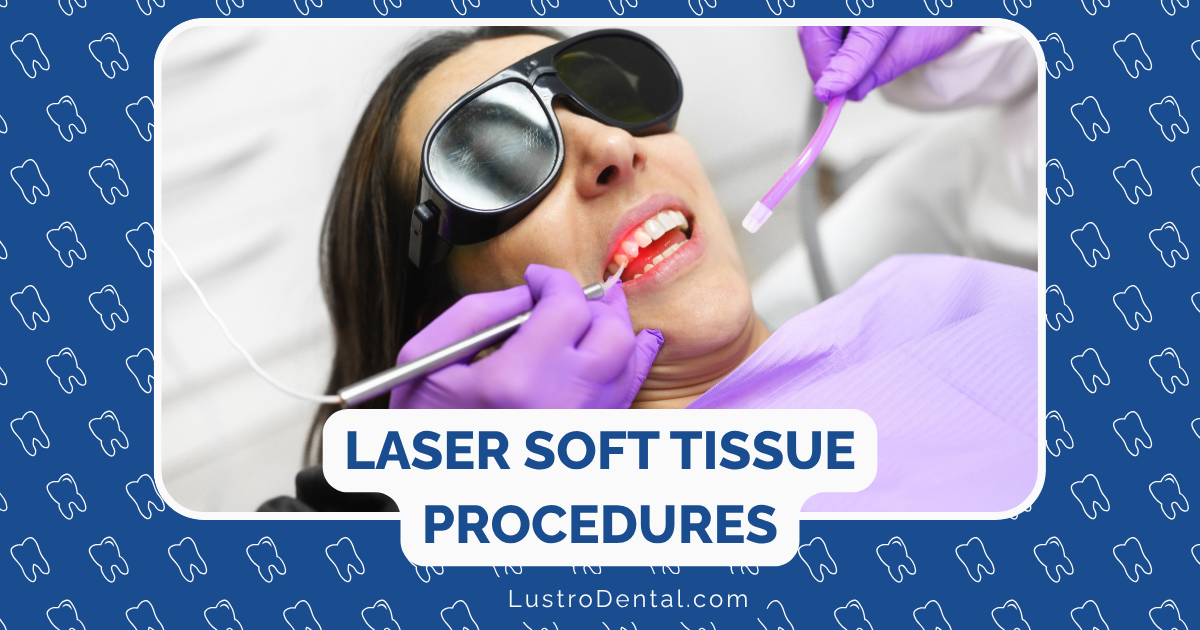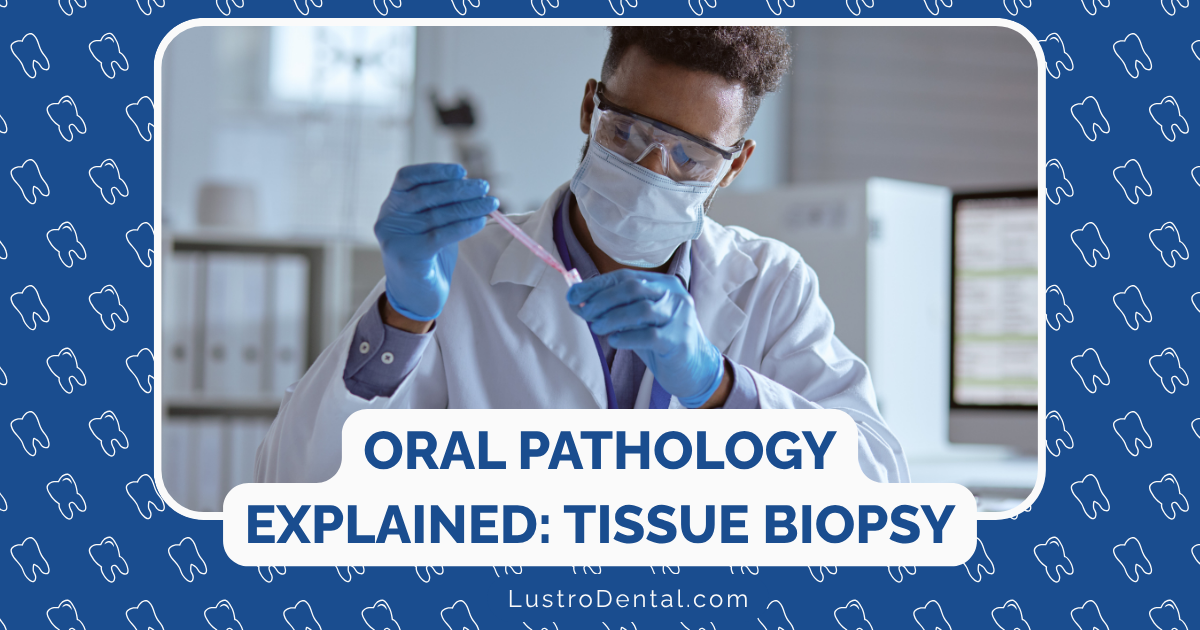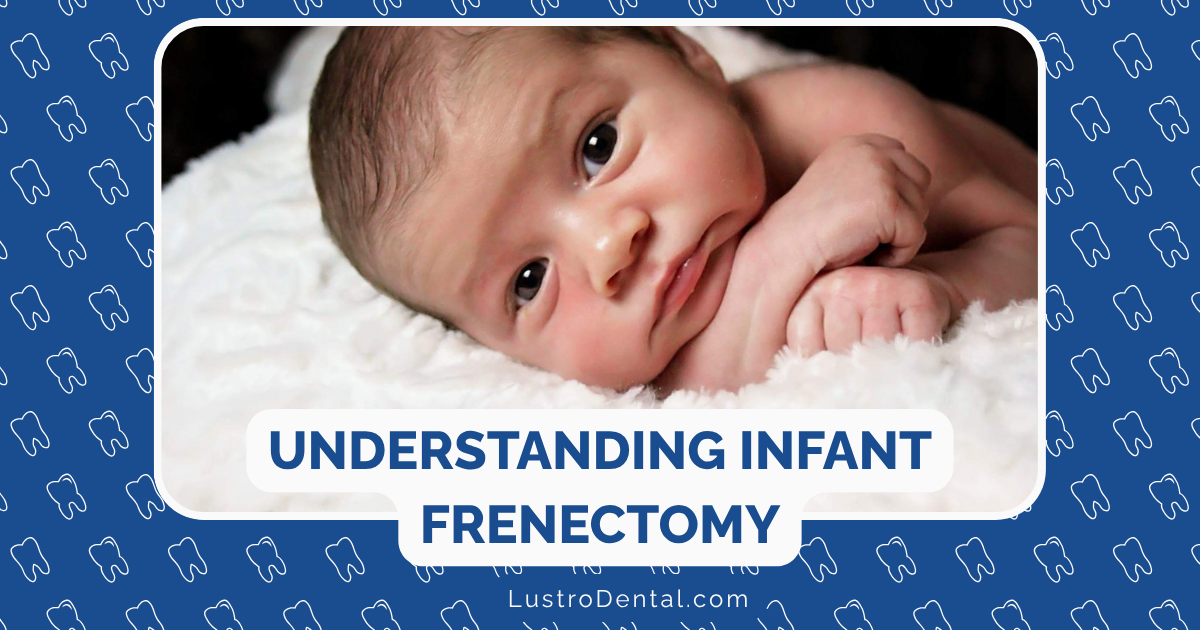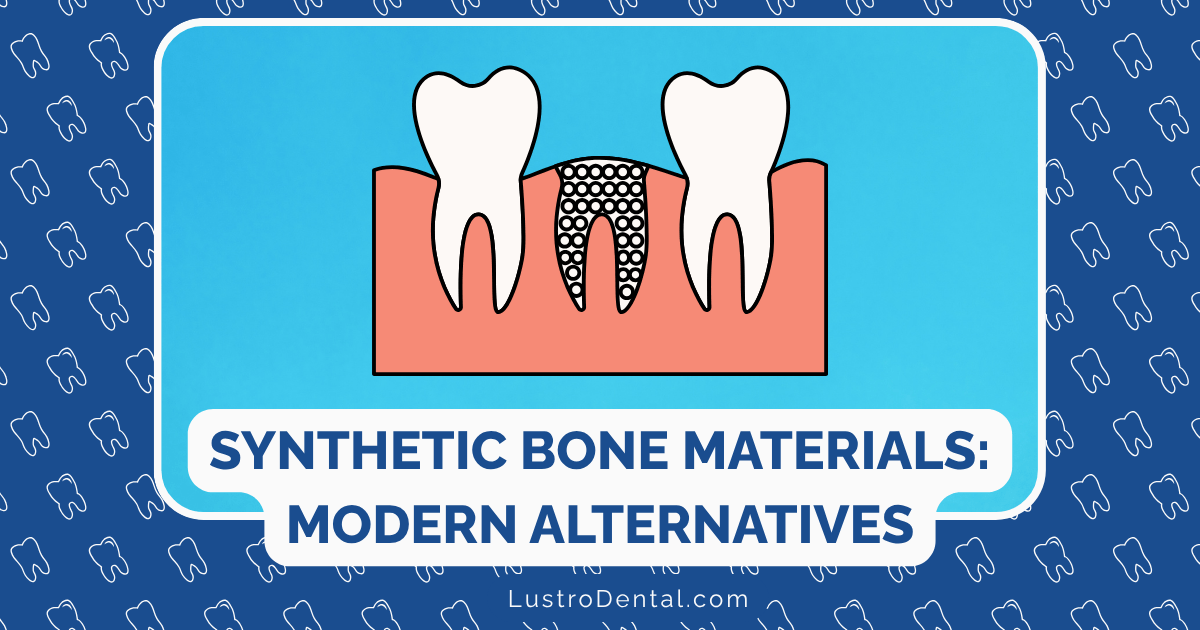Computer-Guided Implant Surgery: Precision Placement for Better Outcomes
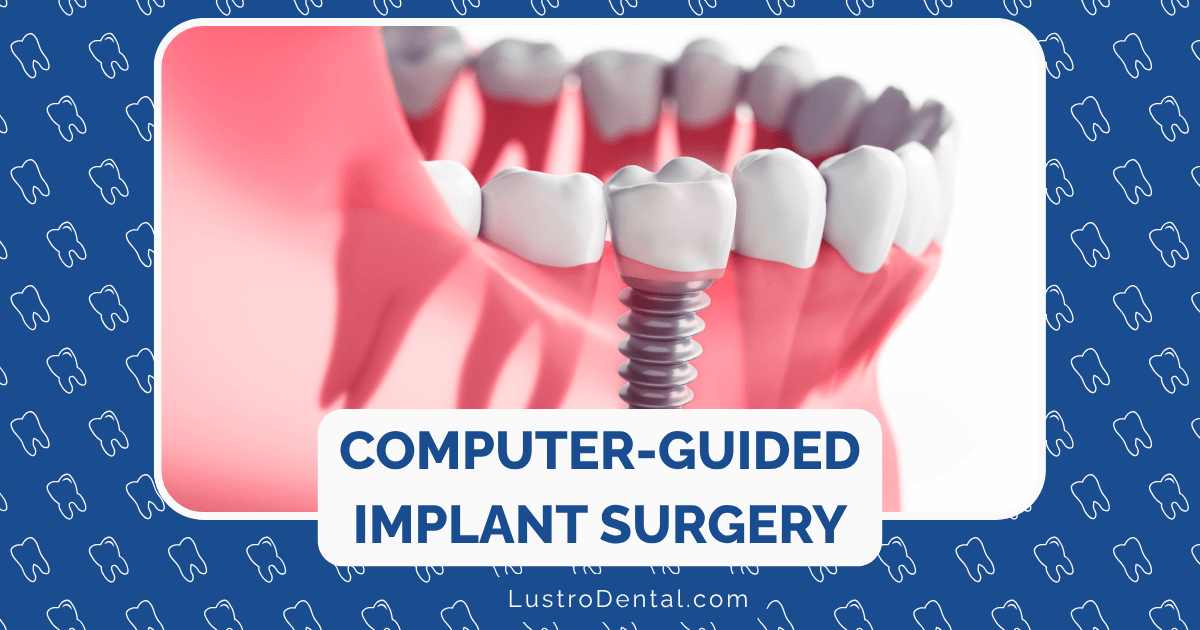
Dental implants have revolutionized tooth replacement, offering a solution that looks, feels, and functions like natural teeth. But the success of an implant depends largely on its precise placement—a challenging task even for experienced surgeons. This is where computer-guided implant surgery enters the picture, transforming a traditionally freehand procedure into a meticulously planned and executed operation.
As someone who’s passionate about helping patients understand their dental treatment options, I’ve seen firsthand how this technology can reduce anxiety and improve outcomes. In this comprehensive guide, I’ll walk you through what computer-guided implant surgery is, how it works, and why it might be the right choice for your implant journey.
What Is Computer-Guided Implant Surgery?
Computer-guided implant surgery uses advanced digital technology to plan and execute dental implant placement with unprecedented precision. Unlike traditional freehand methods, which rely heavily on the surgeon’s skill and judgment during the procedure, guided surgery follows a detailed digital plan created before you ever sit in the dental chair.
Dr. Sarah Johnson of Houston Oral Healthcare Specialists explains, “Computer-guided implant surgery is like having a GPS for dental implants. It provides a roadmap that helps us navigate the complex anatomy of your mouth with greater confidence and accuracy.”
The Technology Behind the Precision
The computer-guided implant process integrates several advanced technologies:
3D Imaging
The journey begins with detailed 3D imaging of your mouth, typically using cone beam computed tomography (CBCT). This provides a comprehensive view of your:
- Bone structure and density
- Nerve locations
- Sinus position
- Adjacent teeth
- Soft tissue contours
Unlike traditional 2D X-rays, CBCT scans create a detailed three-dimensional model of your oral structures, allowing for precise measurements and visualization from any angle.
Computer-Aided Design (CAD)
Using specialized software, your dental team then plans the optimal position, angle, and depth for each implant. This planning considers:
- Ideal placement for function and aesthetics
- Available bone volume
- Proximity to vital structures
- Future prosthetic requirements
Dr. Michael Chen of Dahlgren Dental notes, “The beauty of digital planning is that we can visualize the end result before we begin. We can see how the implants will support the final restoration and make adjustments in the virtual environment before any surgical intervention.”
Surgical Guide Fabrication
Once the plan is finalized, a custom surgical guide is created using computer-aided manufacturing (CAM) technology. This guide—typically 3D printed or milled from a resin material—fits precisely over your teeth, gums, or bone and contains precisely positioned sleeves that direct the implant drills and implants to the exact locations planned in the software.
The Computer-Guided Implant Process: Step by Step
Understanding the process can help ease concerns about what to expect:
1. Comprehensive Examination and Imaging
Your journey begins with a thorough examination and 3D imaging of your mouth. This provides the data needed for precise planning.
2. Digital Planning
Your dental team uses specialized software to create a virtual model of your mouth and plan the optimal position for each implant. This plan considers both surgical requirements and the final prosthetic outcome.
3. Surgical Guide Creation
Based on the digital plan, a custom surgical guide is fabricated. This guide will direct the precise placement of your implants during surgery.
4. The Surgical Procedure
During the procedure:
- The surgical guide is securely positioned in your mouth
- Special drills, designed to work with the guide, create precisely positioned implant sites
- The implants are placed through the guide at the exact depth and angle planned
- The guide is removed and the surgical sites are closed if necessary
5. Healing and Restoration
After the implants are placed, the standard healing process (osseointegration) occurs, followed by the placement of the final restoration.
The Benefits: Why Choose Computer-Guided Implant Surgery?
Research and clinical experience have demonstrated numerous advantages of computer-guided implant surgery:
1. Enhanced Precision and Accuracy
According to a systematic review published in the Journal of Applied Sciences, computer-guided surgery can achieve impressive accuracy:
- Angular deviations typically between 2.5° and 5.6°
- Coronal (top of implant) deviations of 0.4-2.0 mm
- Apical (bottom of implant) deviations of 0.6-2.3 mm
While these numbers may seem technical, they represent a significant improvement over freehand techniques, particularly in challenging cases.
2. Reduced Surgical Time
With the planning done before surgery and the guide directing the procedure, operating time is often significantly reduced. A study from Dolan Dental found that guided surgery can cut procedure time by up to 70% compared to traditional methods.
3. Minimally Invasive Approach
Many computer-guided implant cases can be performed using a “flapless” technique, which means:
- No need to cut and fold back the gum tissue
- Less bleeding during surgery
- Reduced post-operative swelling and discomfort
- Faster healing times
Dr. Lisa Wong of Nelson Dental Care explains, “The minimally invasive nature of guided surgery means patients often experience less pain and swelling afterward. Many of my patients are surprised by how comfortable they feel even the day after surgery.”
4. Improved Treatment Predictability
By visualizing the entire procedure before it happens, your dental team can:
- Identify and address potential challenges in advance
- Ensure adequate bone volume for implant stability
- Avoid anatomical structures like nerves and sinuses
- Better predict the aesthetic outcome
5. Enhanced Patient Communication
The 3D planning software allows your dentist to show you exactly what will happen during surgery and how your final restoration will look. This visual communication helps:
- Reduce anxiety about the unknown
- Create realistic expectations
- Improve your understanding of the treatment
- Facilitate informed consent
6. Expanded Treatment Possibilities
Computer-guided surgery makes implant treatment possible for some patients who might not be candidates for traditional approaches:
- Those with limited bone volume
- Cases requiring precise angulation to avoid anatomical structures
- Patients needing immediate loading of implants (same-day teeth)
Limitations and Considerations
While the benefits are significant, it’s important to understand the limitations of computer-guided implant surgery:
1. Accuracy Variables
According to research published in BMC Oral Health, several factors can affect the accuracy of guided surgery:
- Type of guide support (tooth-supported guides tend to be most accurate)
- Manufacturing method of the guide
- Surgeon’s experience with guided surgery
- Patient factors like limited mouth opening
2. Learning Curve
The technology requires specialized training and experience. A study in the Journal of Implant Dentistry found that the operator’s experience significantly influences the accuracy of guided implant placement.
3. Additional Cost
Computer-guided surgery typically involves additional costs for:
- 3D imaging
- Planning software
- Surgical guide fabrication
However, many patients find the investment worthwhile given the benefits in precision, comfort, and long-term outcomes.
4. Not Universally Necessary
While guided surgery offers significant advantages, traditional freehand techniques remain appropriate for many straightforward cases, particularly in the hands of experienced surgeons.
Who Benefits Most from Computer-Guided Implant Surgery?
While many patients can benefit from guided surgery, it’s particularly valuable for:
1. Complex Cases
- Multiple missing teeth requiring several implants
- Limited bone volume where precise placement is critical
- Proximity to anatomical structures like nerves or sinuses
2. Patients Seeking Immediate Function
- “Teeth in a day” protocols where immediate loading of implants is planned
- Full-arch reconstructions like All-on-4® or All-on-6® treatments
3. Anxious Patients
- Those concerned about surgical precision
- Patients who appreciate seeing the plan before treatment
4. Medically Compromised Patients
- Those who benefit from shorter surgical times
- Patients for whom minimizing trauma is particularly important
The Future of Computer-Guided Implant Surgery
The technology continues to evolve rapidly, with several exciting developments on the horizon:
Dynamic Navigation Systems
These systems provide real-time guidance during surgery, allowing for adjustments without the need for a physical guide. According to research in the Journal of Oral and Maxillofacial Surgery, dynamic systems offer comparable accuracy to static guides with added flexibility.
Robotic-Assisted Implant Surgery
Emerging robotic systems promise even greater precision. A 2024 meta-analysis in Science Direct found that robotic-assisted implant placement demonstrated superior accuracy compared to both freehand and traditional computer-guided techniques.
Artificial Intelligence Integration
AI algorithms are beginning to assist with treatment planning by:
- Automatically identifying anatomical structures
- Suggesting optimal implant positions
- Predicting long-term outcomes based on various placement options
Making the Decision: Is Computer-Guided Surgery Right for You?
When considering dental implants, discuss these questions with your dental provider:
- How complex is my case, and would I benefit significantly from guided surgery?
- What is your experience with computer-guided implant placement?
- What type of guide would be used in my case (tooth-supported, tissue-supported, or bone-supported)?
- How might guided surgery affect my overall treatment time and cost?
- What are the specific accuracy benefits for my situation?
The Patient Experience: What to Expect
If you choose computer-guided implant surgery, your experience will likely include:
Before Surgery
- Comprehensive consultation and examination
- 3D imaging of your mouth
- Digital planning session where you may preview the proposed implant positions
- Fabrication of your custom surgical guide (typically takes 1-2 weeks)
During Surgery
- Often shorter procedure time than traditional surgery
- Potentially less invasive approach
- The secure placement of the surgical guide in your mouth
- Precise drilling and implant placement following the digital plan
After Surgery
- Often less post-operative discomfort and swelling
- Standard healing time for osseointegration (typically 2-6 months)
- Placement of the final restoration once healing is complete
Final Thoughts
Computer-guided implant surgery represents one of the most significant advances in modern dentistry. By combining digital imaging, computer-aided design, and precision manufacturing, it transforms implant placement from an art form dependent solely on the surgeon’s skill to a predictable, precise procedure with enhanced outcomes.
While not every implant case requires this technology, the benefits of improved accuracy, reduced surgical time, and minimally invasive approaches make it an excellent option for many patients. As with any dental procedure, the key is working with an experienced professional who can help you determine if computer-guided surgery is right for your specific situation.
Have you had experience with computer-guided implant surgery, or are you considering it for your dental implants? Share your questions or experiences in the comments below to help others on their implant journey.
This article is for informational purposes only and does not constitute medical advice. Always consult with a dental professional about your specific situation.


